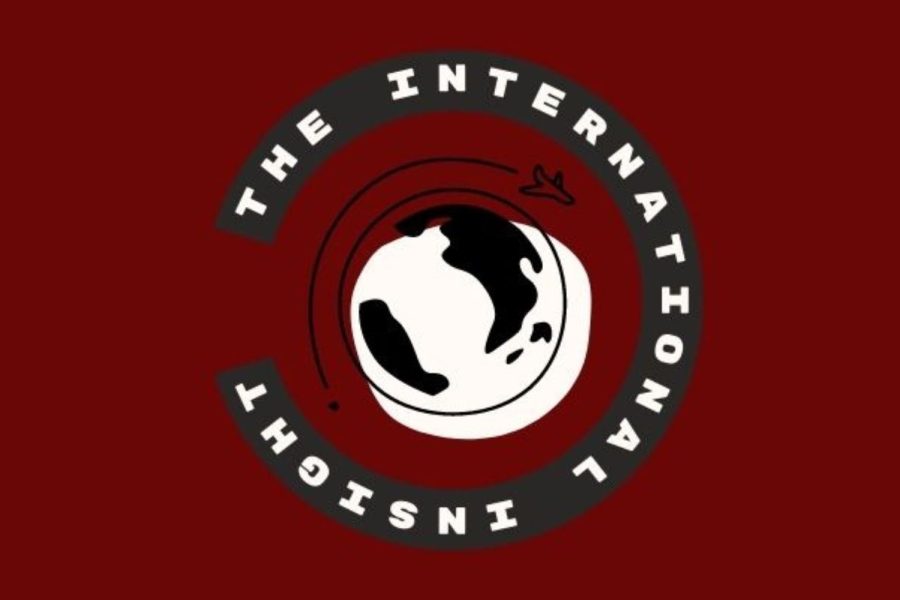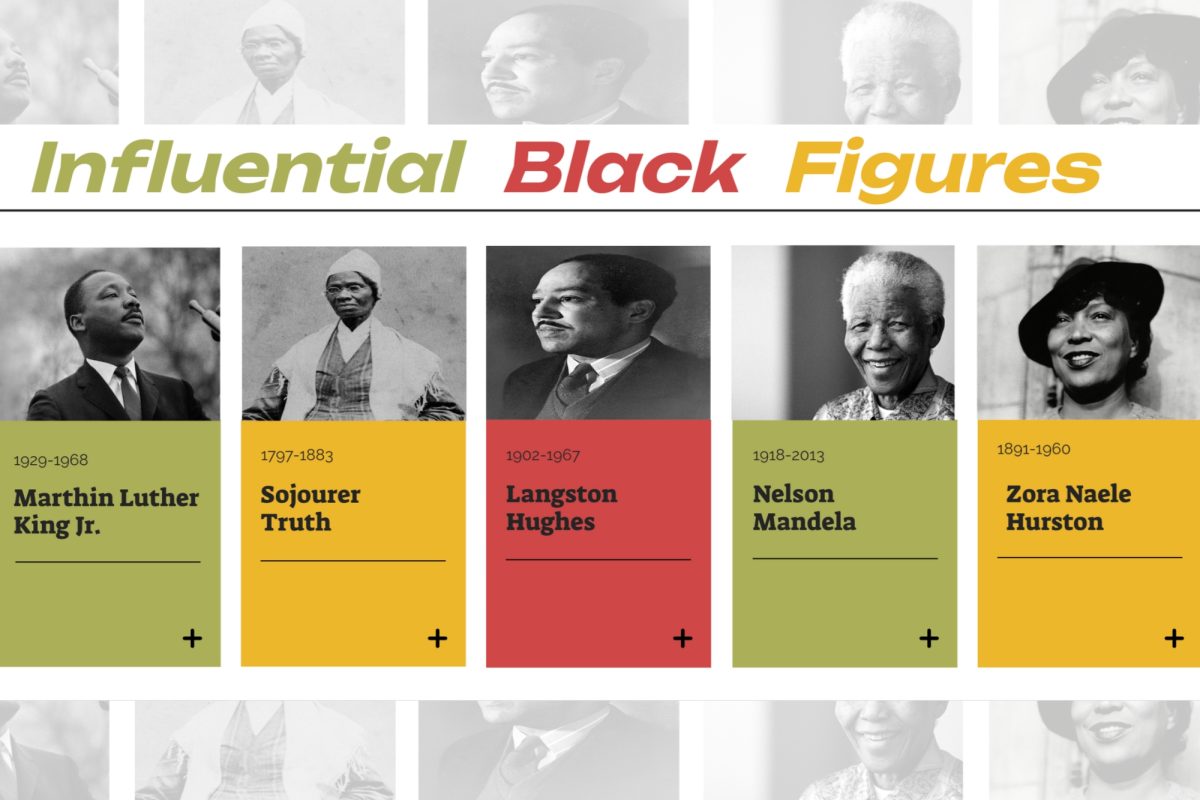Tensions in the South China Sea have always been high. But, things have started to heat up between China and the Philippines with the latest in a long line of disputes taking place on Monday.
The South China Sea has long been considered a valuable resource: it supposedly contains billions of gallons of oil and trillions of gallons of natural gas and is an optimal pathway and shipping route for many nations in the region. As a result, tensions have always been high in the region with many countries desperately laying claim to islands in the regions.
Sovereignty over the sea surrounding a nation is regulated by the United Nations Convention on the Law of the Sea (UNCLOS), which outlines four distinct zones of sea-based territory: territorial sea, contiguous zone, exclusive economic zone (EEZ), and high seas.
- Territorial Sea: The first 12 nautical miles of sea extending from a nation’s borders in which countries can challenge noncommercial vehicles that pass through
- Contiguous Zone: Extends 24 nautical miles from a country’s borders and demarcates the area where a nation holds limited sovereignty and can impose customs, sanitation, and immigration laws
- Exclusive Economic Zone: Extends 200 nautical miles from a country’s coast and is the only region in which a nation has exclusive sovereignty to extract and use natural resources
- High Seas: Open to all nations
But, in some circumstances, the sovereignty of two nations can overlap with the two coasts being less than 24 nautical miles apart. In this case, the waterway is divided evenly in half and each nation would get sovereignty over their side.
The conflict arises in two main areas: U.S. surveillance through China’s EEZ and China’s ever-expanding EEZ.
For years, the United States has conducted aerial surveillance that passes through China’s EEZ, the 200 miles extending from the coast of China (or any islands it may control), much to China’s chagrin. China has long maintained that military activity or surveillance conducted in the EEZ of another nation should not be allowed, while the United States holds that its actions are legal under the provisions of the UNCLOS.
The second — and perhaps more controversial — point of contention in this area is China’s efforts to expand its EEZ. The EEZ, the region in which a nation has exclusive control over the natural resources, extends 200 miles from the coast of that nation or any islands or territories it may hold. Under this rule, China previously laid claim to the Spratly Islands… along with Malaysia, Taiwan, Vietnam, the Philippines, and potentially even Brunei. In an effort to solidify its claims over the territory, China has constructed air bases, naval ports, aircraft hangers and helipads, missile sites, and a plethora of other military infrastructure. To take it one step further, the nation has also sought to increase its sovereignty by creating artificial islands and adding to the reefs at the expense of the environment, going so far as to demarcate a “nine-dash line” to outline China’s claims.
For years, the countries in the South China Sea — China, the Philippines, Brunei, Vietnam, Taiwan, Malaysia, and others — have been locked in a back and forth as they each attempt to secure sovereignty over their territories and maximize their EEZ.
These tensions reached a particularly stressful point on Monday, as a Chinese Coast Guard vehicle and Philippine Coast Guard vehicle rammed into each other in the area, within both China’s nine-dash line and the Philippines’ EEZ. This conflict comes only weeks after the Philippines raised a complaint of Chinese military flares dropped in the path of one of the Philippines’ military transport aircraft.
While this may seem as yet another spat in a long line of tensions in the South China Sea, a China-Philippines conflict may prove detrimental to the United States, due to a mutual defense treaty between the United States and Philippines, a treaty that would essentially require the US to support the Philippines — and vice versa — should a conflict arise, making it imperative that the countries in the region work to diffuse hostility and find a way to maintain lasting peace as fast as possible.
Sources:
- https://www.cfr.org/global-conflict-tracker/conflict/territorial-disputes-south-china-sea
- https://www.cia.gov/the-world-factbook/countries/spratly-islands/
- https://time.com/4412191/nine-dash-line-9-south-china-sea/
- https://www.aljazeera.com/news/2024/8/19/philippines-and-china-says-ships-collided-at-new-south-china-sea-flashpoint
- https://www.nbcnews.com/news/world/us-get-drawn-conflict-south-china-sea-rcna166874














